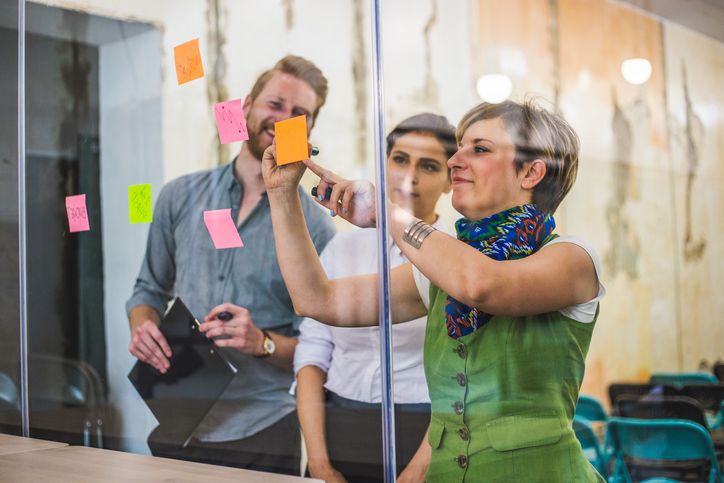Part 2: Governance for high-quality design
To effectively serve the needs of the people of NSW, nsw.gov.au needs to set the benchmark for reliability and usability. The design process has an important role to play in achieving this. High-quality design comes from good governance, clear direction and an ‘always improving’ mindset.
The importance of quality design
Because more and more people have come to rely on the internet to complete the tasks required as part of daily life, government-hosted platforms need to be clear, effective and easy to use.
A person of any age and background should be able to find the information they need relatively quickly, whether they are registering their vehicle or looking for the latest updates.
Good design considers the entire user journey and makes it simple to research and complete a task. To support as many people as possible, the nsw.gov.au UX team takes a collaborative, structured approach and is focused on continual improvement.

The design process at nsw.gov.au
Creating new pages on nsw.gov.au involves several processes.
- In the early design stages, the designer meets with others to discuss the work they are doing and ask questions to inform their design decisions. In many cases, there will already be a template within the content management system (CMS) that can be used to save time and ensure consistency. Early meetings help to identify these so that work is not duplicated.
If a new CMS component is required, there is an established design process for creating and reviewing designs, ensuring the new component is reusable. All designs are stored in a central location that is searchable and allows for real-time collaboration and input.
- The design process also includes a working group review, allowing time for team members to showcase their work to each other. A cross-section of people are invited to check designs, from technical developers to content managers. These people can give their perspective and feedback about viability and functionality.
During the working group review process, people are encouraged to ask questions rather than deliver blanket feedback. For example, instead of saying, “This isn’t right.”, it can be more helpful to ask, “Have you thought about…?” or “What would happen if you…?”
There are clear guidelines around giving feedback that are focused on solving problems as well as identifying them.
- Before a design moves to the production stage, directors review and share their thoughts.

Ongoing design
At nsw.gov.au, design is never ‘set and forget’. Some teams work on new projects while others have the task of ensuring the pages that are live continue to provide a quality user experience.
Once a new feature or page is released, it is regularly reviewed and optimised. The research and design teams constantly seek to improve user experience by assessing pages and functionality from a user perspective, tracking click rates, interacting with users and gathering survey responses. Examples include the nsw.gov.au homepage and the COVID-19 pages which have seen multiple iterations and improvements.
The flow-on of reviewing and optimising the existing site is that improvements and learnings can be applied to influence new features and pages across nsw.gov.au.
This is a 2-part blog series on UX research:
Part 1: How our design and research team work and learn together
Part 2: Governance for high-quality design
Stay in touch
Want to know more about the OneCX program? Subscribe to our newsletter for the latest news and updates.